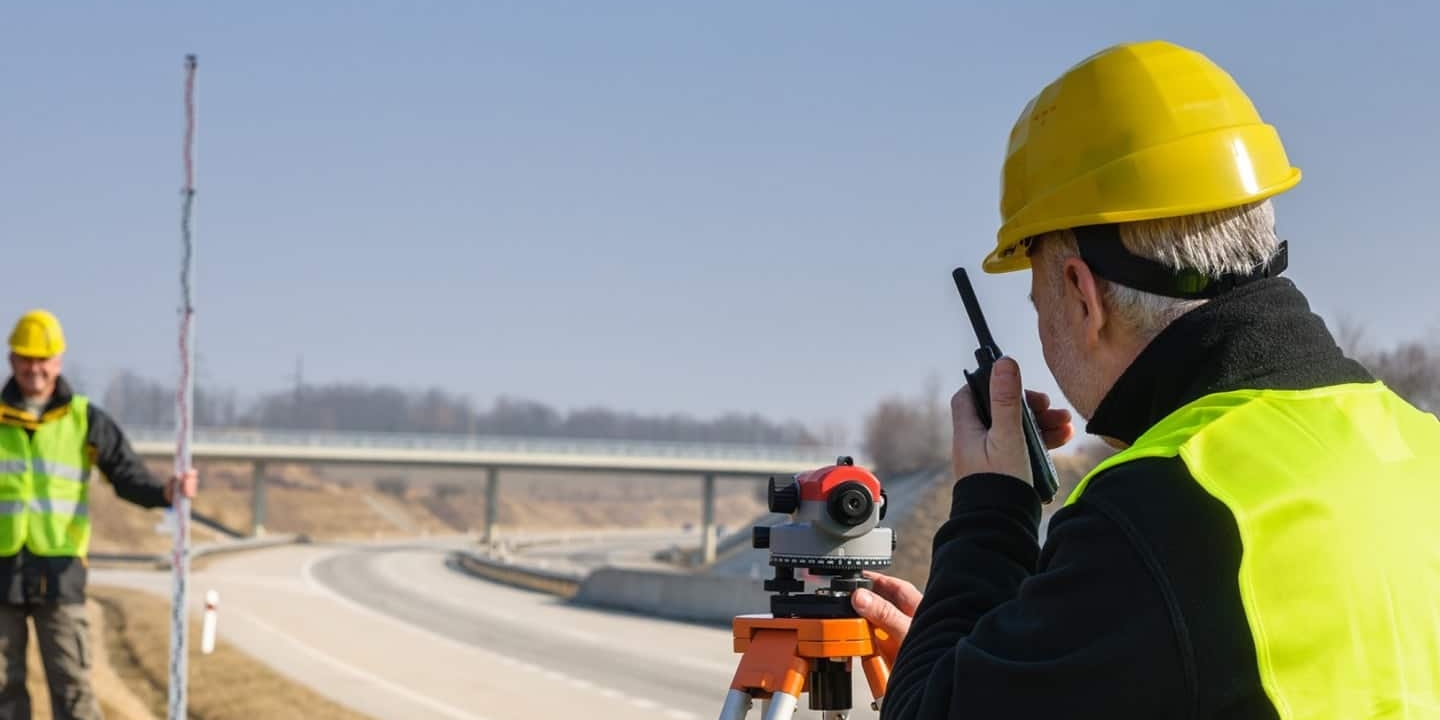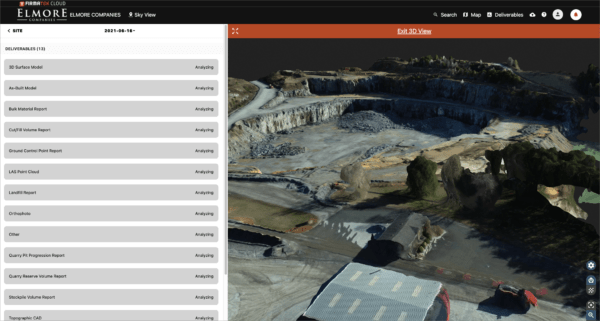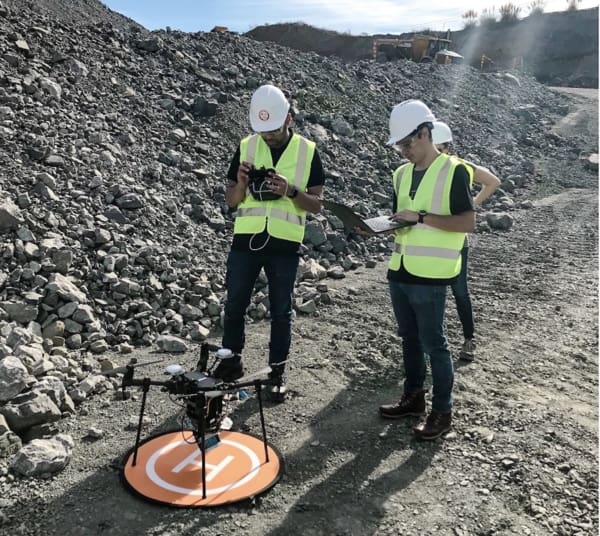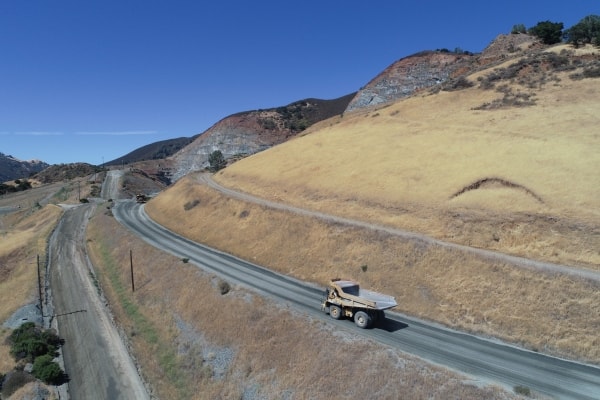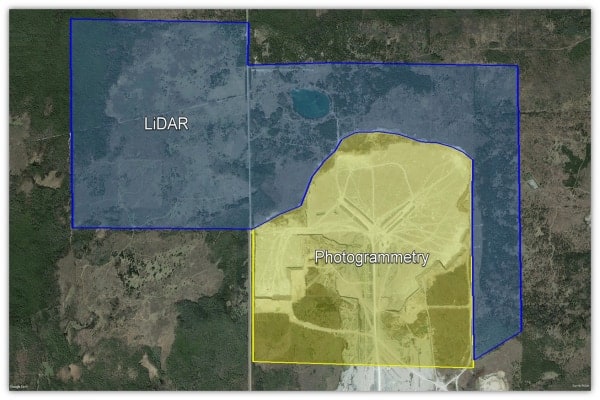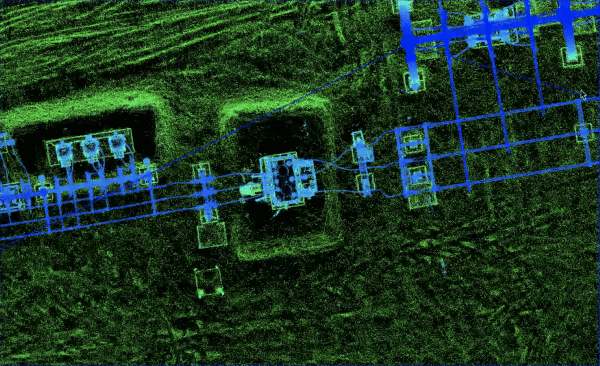Built-in solar energy collectors. Traffic-predicting sensors. Space-age materials. Highways aren’t merely essential; they’re becoming cool.
Here, we look at some of the biggest innovations in asphalt, aggregates and highway building over the past few years. From ideas in the beta testing phase to those already implemented (and a few that failed), we explore the future of roadway construction, maintenance and durability — and where the aggregates industry fits into the mix.
When Did Highways Get ‘Smart?’
Smart phones, smart watches, smart cars: According to popular media, everything around us thinks even more than we do. Now, even the roads we drive on are getting “smarter.”
Smart highways that incorporate cutting-edge technology to save energy, improve safety and tackle other challenges may be an idea whose time has come. As Allie Kelly, executive director of the experimental Ray C. Anderson Memorial Highway, notes, “In five to ten years, we won’t remember a time when we invested a dime in infrastructure spending for a road that only did one thing.”
The phrase “smart highway” is shorthand for an ever-growing collection of proposals to incorporate technology into the nation’s roadways. The goals of making roads smarter include generating energy, improving self-driving cars, offering more uniform lighting and monitoring road conditions.
Photovoltaic Pavement: A Bright Idea
The Ray C. Anderson Memorial Highway is a stretch of Interstate 85 in Georgia. But it’s not just any stretch of interstate highway. “The Ray,” as it’s known, is one of the nation’s most active smart highway laboratories — and one of the first.
Currently, The Ray features photovoltaic arrays at rest stops in which solar panels charge electric vehicle charging stations, walkway lights and even the restroom facilities. Additional solar panels have also been installed in the roadway itself. The Ray was the first roadway in the United States to serve as a traffic-bearing solar road, based on designs from similar smart highway technology installed in France.
Results from testing along The Ray are promising for the aggregates industry, too: What works for highways may also work for other paved areas, like parking lots and walkways. In 2013, students at George Washington University’s Solar Institute partnered with Onyx Solar to install the nation’s first solar-energy-generating walkway.
Soon, even parking decks, buildings and other structures may also be able to offset their own energy costs with pavement that generates its own power.
Making Self-Driving Cars Smarter (and Safer)
Ask any personal injury lawyer, and they’ll tell you that roadway conditions play a major role in a number of vehicle accidents in the United States each year. Driver error plays an even bigger role, as Brad Gorski has experienced firsthand. By combining self-driving vehicle technology with smarter roadways, however, innovators seek to pack a one-two punch against roadway crashes.
In a 2013 TED Talk on driverless vehicles, Jennifer Healey noted that if vehicles could communicate with one another, they could both adjust speed, direction and other factors in order to avoid accidents. Two years later, Chris Urmson explained how driverless cars use their sophisticated sensor arrays to “see” the road ahead.
Smart roadways that incorporate road sensors combine these two ideas, integrating sensors into the roadway that allow vehicles to communicate with the road — and vice versa.
A number of test projects are already underway in southeast Michigan. General Motors is testing a feature that warns drivers and vehicles when a light is about to change, while bar codes on parts of Interstate 75 warn automated vehicles about construction site lane closures. Meanwhile, bar codes on the construction workers’ vests alert onboard computers that the workers are humans, not construction barrels.
“We’re just scratching the surface,” said Cadillac spokesperson Steve Martin. The possibilities for vehicle to infrastructure (V2I) applications seem endless. Bill Ford, great-grandson of Henry Ford, hopes that V2V and V2I systems will eventually make traffic gridlock — the feature of so many daily commutes nationwide — a thing of the past, eliminating not only the frustration but the risk of accidents and injuries that comes with it.
Sensor technology incorporated into roadways does more than just help driverless cars. On the Virginia Smart Road, sensors integrated into the pavement detect moisture levels, temperature, strain, vibration and weight-in-motion. The system collects this data for analysis and can also control other features on the road, including lighting and weather control systems and warning signs.
Beyond Sensors: Smart Highways for Simple Cars
Highways that can communicate instantly with driverless vehicles offer hope for the future, not the least of which is the power to combat driver distraction, as Tristan Harris notes. But certain smart features being integrated into today’s roadways are designed to help today’s vehicles — and their intelligent and entirely human drivers.
At Popular Science, Susannah F. Locke explores some of these options. Paint is a popular focus of research; glow in the dark paints that shine for up to 10 hours, eliminating the need for streetlights, have passed muster, and paint that changes color when temperatures are below freezing has been tested in areas prone to roadway ice and snow.
Other ways to incorporate energy efficiency into roadway design are receiving attention in South Korea, where students at the Korea Advanced Institute of Science and Technology have developed a magnetic-induction system that charges electric vehicles as they use the induction lane — and put it into operation on campus, where a bus already uses the technology, according to Wired’s Keith Barry.
Saving Energy on Smart Roadways
Energy production and costs place ever greater pressure on communities, businesses and individuals worldwide. Unsurprisingly, a significant amount of attention has been paid to making highways — one of the biggest sites of energy consumption — give back.
In addition to ideas like Korea’s magnetic induction system, photovoltaic cells in roads and walkways, and Daan Roosegaarde’s glow in the dark paint, other innovators are also seeking ways to improve energy efficiency in roadways. Electrical engineer Scott Brusaw used support from the Federal Highway Administration (FHWA) to explore using photovoltaics in parking lot applications.
The sun isn’t our only hope. At Green Car Reports, John Voelcker reports on technology that uses small turbines to catch the updraft from passing cars and use it as a source of energy, powering streetlights by attaching specialized turbines to each. The turbines are designed to be aesthetically pleasing as well, looking more like small works of art than like the future of roadway energy generation.
“Smart” doesn’t always mean high-tech, either. Smarter signs could make roadways safer: Gary Lauder’s suggestion for a “take turns” sign, used to replace some “stop” signs, could help save drivers’ time, energy and pollution.
Asphalt and the New Materials Building These Roadways
New materials for roadway construction are also being explored, taking traditional asphalt, aggregates and “glassphalt” to new applications. Wired’s Belinda Lanks, for example, explores options for alternative roadway materials, including recycled plastic bottles.
April Gocha of the American Ceramics Society discusses an updated “smart concrete” that embeds sensors, wireless connections and similar technology into pre-cast concrete panels. Dowel bars connect the slabs into an integrated modular system, creating a continuous paved roadway. Access ports in each slab allow the technology to be serviced without requiring the slab to be destroyed or replaced.
Noted benefits include ease of installation: Workers don’t have to understand complex technological details and can instead focus on their areas of expertise.
Applications of new materials for roadway construction could address many of the problems that weight and increased traffic cause on current roadways. They could also free up cement, sand and aggregate for other building applications.
Smarter Highways for a Smarter Future
Smart infrastructure has become a significant focus worldwide, according to University of Minnesota Technological Leadership Institute director Massoud Amin. It’s a concern not only for leaders like Rio de Janeiro mayor Eduardo Paes, but also thought leaders like planetary futurist Alex Steffen, both of whom have given recent TED Talks on the importance of making infrastructure work for people and address upcoming global challenges. As long as the United States remains a vehicle-driven culture, smarter roadways will play a key role in this transformation.
Smart highways don’t just make environmental sense; they also make financial sense. As Ray C. Anderson Memorial Highway director Kelly notes: “We don’t have to just talk about low or zero emissions; we can talk about revenue. Why miss an opportunity to leverage more for your investment dollar?”
Tom Blair, head of the Missouri Department of Transportation’s Road to Tomorrow Initiative, agrees. “If their version of the future is realistic,” Blair says, “If we can make that happen, then roadways can begin paying for themselves.”
For aggregates companies looking for the next step into the future, smart highways may be the way to go.
Images by: Denys Nevozhai, michael75, Wilson Ye, Joey Kyber

